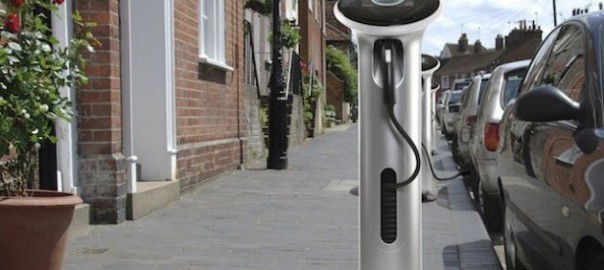The government has pledged to continue its support of plug-in vehicles and their integration into the mainstream. This means that grant schemes in place such as the plug-in car grant and the EV Homecharge scheme will continue to run.
Importantly, the guidelines for these grants are being revised by the government, so there are some differences.
Plug-in car and van grant
From 1st April 2015, buyers of eligible electric cars will be able to claim 35% of the vehicle’s OTR price as opposed to the 25% currently offered. The grant cap of £5,000 remains, however.
To take account of rapidly developing technology, and the growing range of ULEVs on the market, the criteria for the Plug-in Car Grant is also being updated.
From April 2015, eligible ULEVs must meet criteria in one of the following categories depending on emission levels and zero-emission-capable mileage:
- Category 1: CO2 emissions of <50g/km and a zero emission range of at least 70 miles;
- Category 2: CO2 emissions of <50g/km and a zero emission range between 10 and 69 miles;
- Category 3: CO2 emissions of 50-75g/km and a zero emission range of at least 20 miles.
EV Homecharge Scheme
The cap on the Homecharge scheme will be reduced on 13th April to £700. Eligible applicants will be able to get a grant to cover 75% (capped at £700) of the installation costs for a domestic charging point.
So far, the UK government has attributed almost £1 billion of funding to plug-in vehicles up to 2020, cementing their support for the uptake of electric vehicles into the mainstream.
Source: Zap Map
